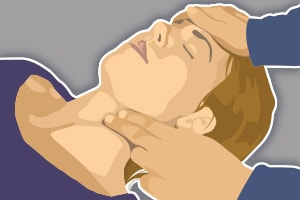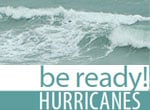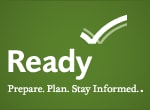Lightning First Aid Recommendations

Giving first aid to a person who has been struck by lightning while waiting for professional medical attention can save their life. It is safe to touch people who have been struck by lightning; they DO NOT carry an electrical charge.
How to Help
Follow these four steps immediately to help save the life of a person who has been struck by lightning:
- CALL FOR HELP
Items to Note When Calling for Help - How many people were struck?
- Where were they struck?
- Is the storm continuing?
Call 911 immediately. Give directions to your location and information about the person. It is safe to use a cell phone or cordless phone during a storm.
- ASSESS THE SITUATION
Safety is a priority. Be aware of the continued lightning danger to both the person who has been struck and the rescuer. If located in a high-risk area (for example, near an isolated tree or in an open field), you could be in danger. If necessary, move to a safer location.
People who have been struck by lightning do not carry an electrical charge and can be handled safely.
It is unusual for a person who has survived a lightning strike to have any major broken bones that would cause paralysis or major bleeding complications, unless the person suffered a fall or was thrown a long distance. Therefore, it might be safe to move the victim to reduce the risk of further exposure to lightning. Do not move victims who are bleeding or appear to have broken bones. - RESPOND

Lightning often causes a heart attack. Check to see if the person is breathing and has a heartbeat. The best places to check for a pulse are the carotid artery in the neck and the femoral artery in the groin.
If the person is breathing normally, look for other possible injuries. Lightning can cause burns, shock, and sometimes blunt trauma. Treat each of these injuries with basic first aid until help arrives. If the area is cold and wet, putting a protective layer, such as a jacket, blanket, or plastic sheet, between the person and the ground may help decrease hypothermia (abnormally low body temperature). - RESUSCITATE
If the person is not breathing, immediately begin mouth-to-mouth rescue breaths. If they do not have a pulse, start chest compressions as well (CPR). Continue resuscitation efforts until help arrives.


